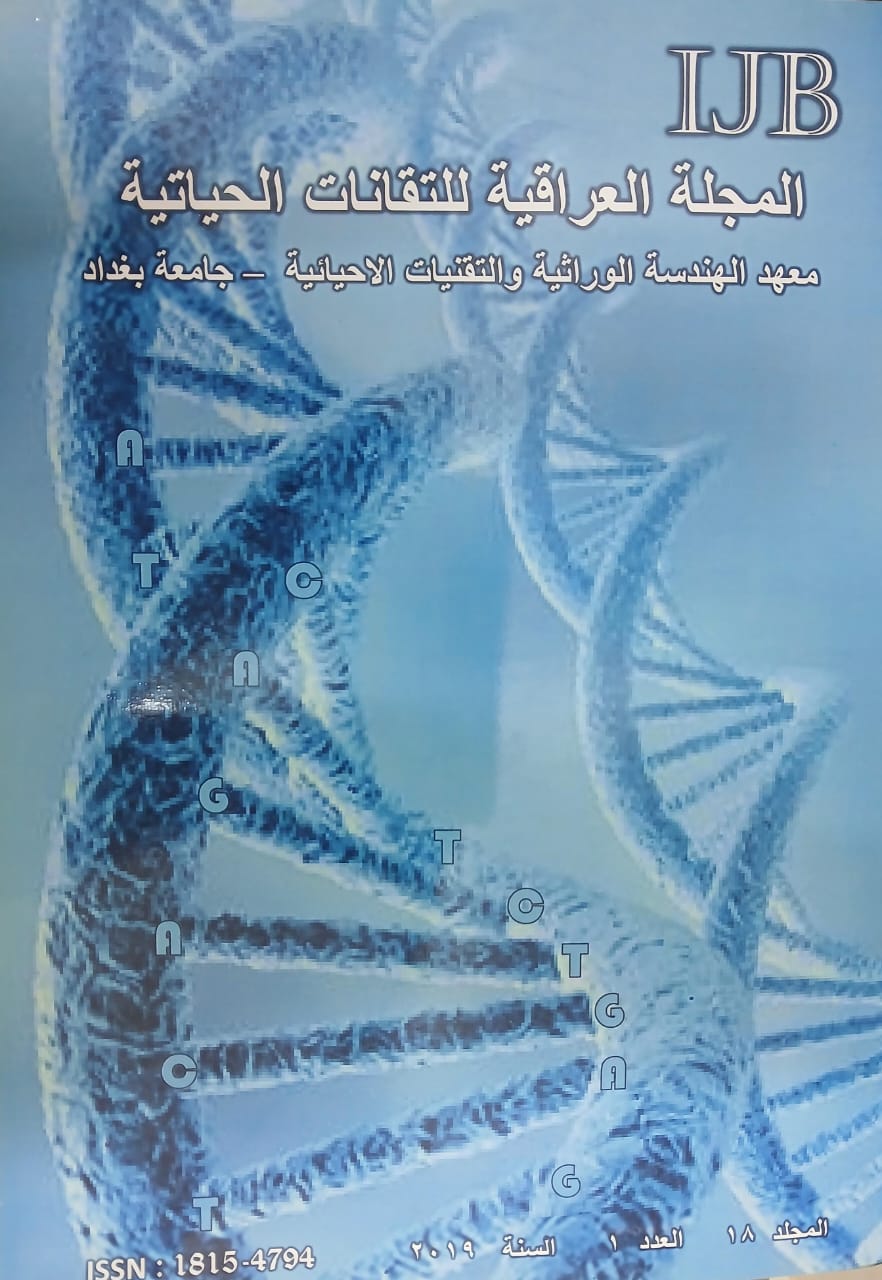Abstract
Sex development in humans is divided into two sequential steps: sex determination and sex
differentiation. Sex determination refers to the expression of gene networks that direct the development of
undifferentiated bipotential gonads into either testes or ovaries. Once developed, testes and ovaries
secrete hormones that promote further sex differentiation of the body throughout embryonic development
and adulthood. Mutations have been identified in genes that control both steps, leading to Disorders of
sex development-DSD. A thorough history, physical examination, and appropriate diagnostic testing are
needed to identify the underlying etiology. DSD are congenital conditions in which development of
chromosomal, gonadal, or anatomic sex is atypical. DSD are chronic medical conditions collectively
affecting ~1% of the population, frequently requiring life-long care by multiple specialists, and carrying a
significant public health burden. Some of DSD are associated with life-threatening events, such as adrenal
crises in congenital adrenal hyperplasia. DSD are also associated with increased infertility, cancer, gender
dysphoria risks, psychosocial distress, and pervasive challenges to health-related quality of life for
patients and families. DSD are broadly classified into three categories: sex chromosome DSD, 46, XY
DSD, and 46, XX DSD and are further classified according to the type of gonad found in the patient
(ovary, testis, ovotestis). Currently, known etiologies include disorders of gonadal development and
disorders in androgen synthesis or action, and are considered Mendelian. Ambiguous genitalia is defined
as a condition in which there is difficulty in assigning sex of an individual based on the appearance of
external genitalia. Possible genital presentations are: male or female regular, males with ambiguous
features and hypovirilization (micropenis, lack of scrotal fusion, incomplete testicular descent,
hypospadia) or females with ambiguous features and virilization (clitoromegaly, labio-scrotal fusion).
differentiation. Sex determination refers to the expression of gene networks that direct the development of
undifferentiated bipotential gonads into either testes or ovaries. Once developed, testes and ovaries
secrete hormones that promote further sex differentiation of the body throughout embryonic development
and adulthood. Mutations have been identified in genes that control both steps, leading to Disorders of
sex development-DSD. A thorough history, physical examination, and appropriate diagnostic testing are
needed to identify the underlying etiology. DSD are congenital conditions in which development of
chromosomal, gonadal, or anatomic sex is atypical. DSD are chronic medical conditions collectively
affecting ~1% of the population, frequently requiring life-long care by multiple specialists, and carrying a
significant public health burden. Some of DSD are associated with life-threatening events, such as adrenal
crises in congenital adrenal hyperplasia. DSD are also associated with increased infertility, cancer, gender
dysphoria risks, psychosocial distress, and pervasive challenges to health-related quality of life for
patients and families. DSD are broadly classified into three categories: sex chromosome DSD, 46, XY
DSD, and 46, XX DSD and are further classified according to the type of gonad found in the patient
(ovary, testis, ovotestis). Currently, known etiologies include disorders of gonadal development and
disorders in androgen synthesis or action, and are considered Mendelian. Ambiguous genitalia is defined
as a condition in which there is difficulty in assigning sex of an individual based on the appearance of
external genitalia. Possible genital presentations are: male or female regular, males with ambiguous
features and hypovirilization (micropenis, lack of scrotal fusion, incomplete testicular descent,
hypospadia) or females with ambiguous features and virilization (clitoromegaly, labio-scrotal fusion).
Keywords
Ambiguous
DSD
hormonal disturbance
Sex determination
sex differentiation.
